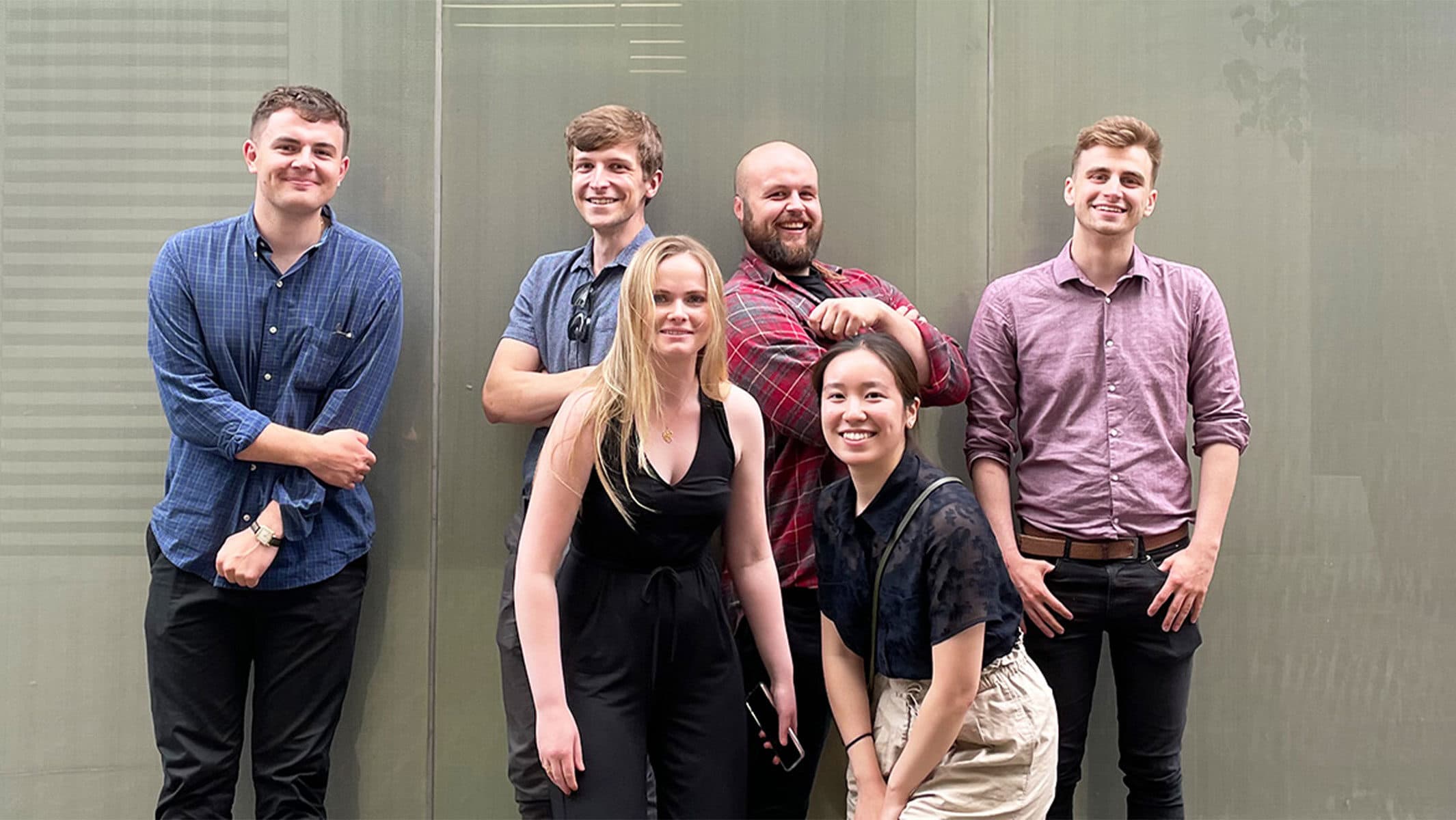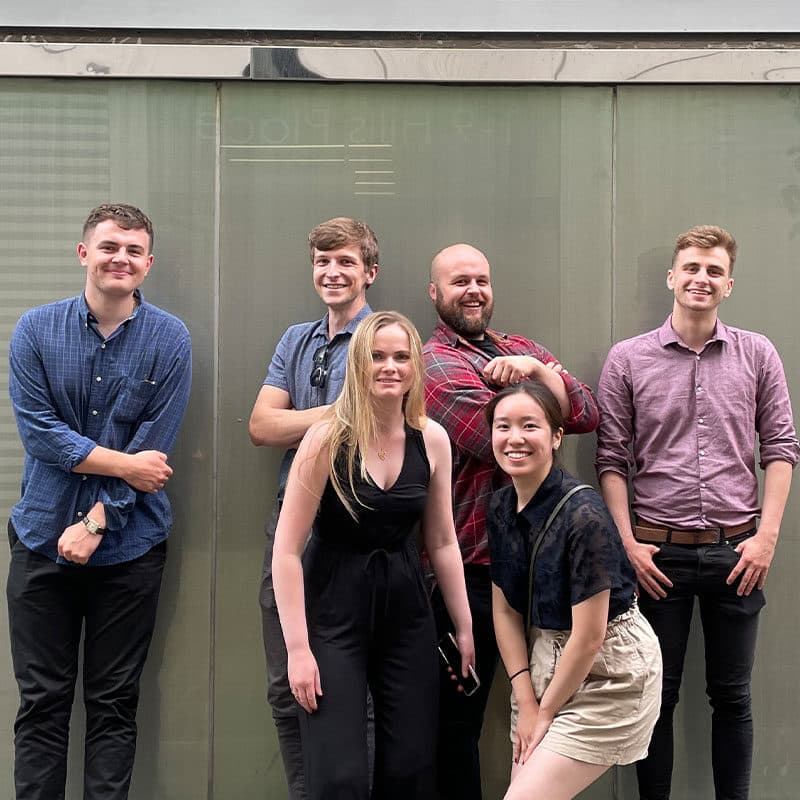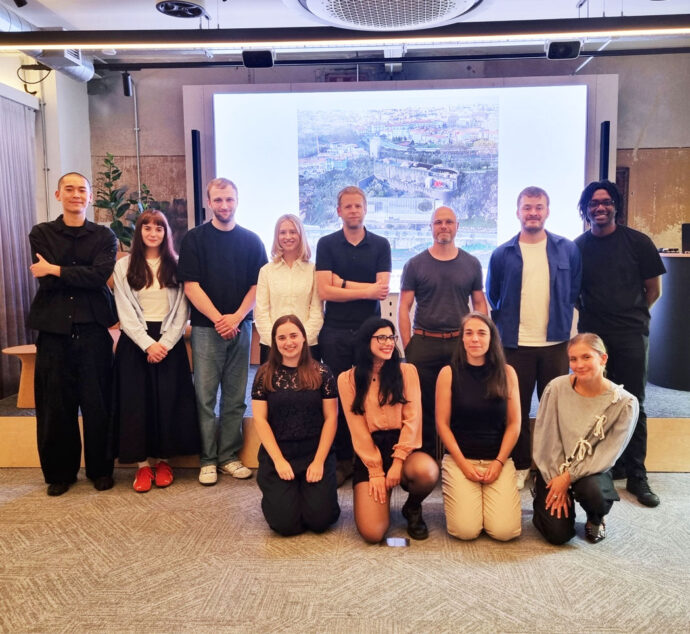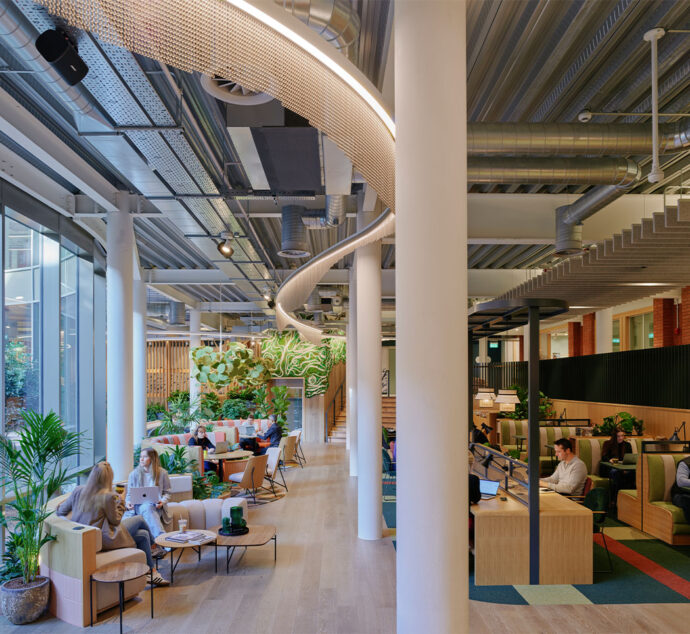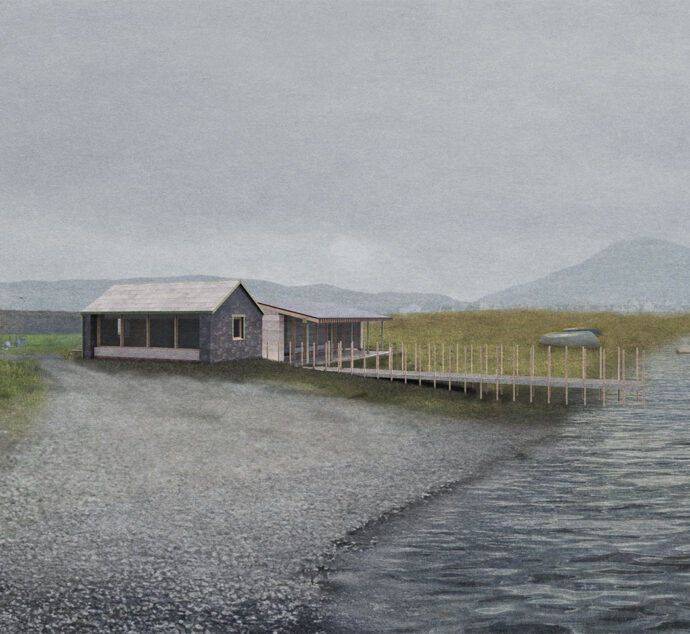3DReid are delighted to announce that Jonny Edwards from the Leicester School of Architecture (de Montfort) as the 16th winner of the 3DReid student prize. The prize had 32 nominations from the top UK architecture schools. Tutors were invited to nominate their best Part II students with the chance for a shot at the £1,000 prize.
Jonny’s project, looks at Wales’s industrial past, his scheme attempts to repurpose an abandoned brickworks on the island of Anglesey to create a hub for seaweed bio-energy production accelerating the UK’s transition to sustainable power. The recent energy crisis has highlighted an important yet impending need for a self-sustaining regional green method of generating electricity. The scheme proposes, Britain should look to its vast area of coastal waters to create a new energy ecosystem.
The design envisages a circular economy in which seaweed is grown and harvested to be used to create energy as well as products for the wellness industry. This will create an opportunity to create tourism beyond its seasonal offering into a year-round activity centering on a spa. The design of the spa celebrates Anglesey’s industrial past while funding its future.
The two programs work in conjunction with one another as the powerplant produces energy and hot water while the spa funds the research, creates industry for making products and operations of the energy plant. A facility where biogas energy is researched and developed is on site, so that the most affordable and efficient way of generating electricity is developed. This may include testing different seaweed species, changing anerobic digestion temperatures, and utilizing different turbines. Eventually, this experiment will be scaled up to another local site where the green seaweed economy can begin to power the whole island. The spa is a more permanent intervention celebrating the areas beauty while protecting the fragments of its previous life. It is inspired by the materials and construction of the Welsh vernacular style, including the incorporation of seaweed thatched roofs, Welsh timber cruck frames, and porcelain tiles.
This project hopes to create more habitation of ruins on the Anglesey coast as industrial and energy generation post linking into the greater ‘energy island’ project benefiting a socio-economic regeneration with equity to the local population.






